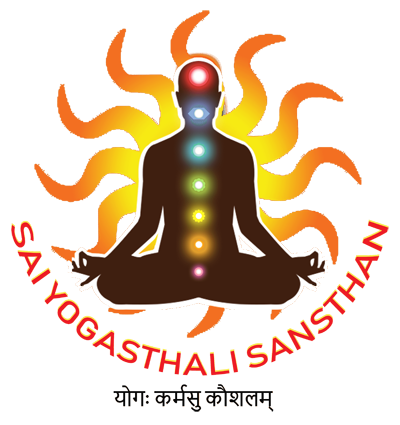Yoga therapy is a type of therapy that uses yoga postures, breathing exercises, meditation, and guided imagery to improve mental and physical health. The holistic focus of yoga therapy encourages the integration of mind, body, and spirit. Modern yoga therapy covers a broad range of therapeutic modalities, incorporating elements from both physical therapy and psychotherapy.
When a person decides to initiate yoga therapy, we will first conduct an initial assessment. This assessment is designed to do the following:
- Identify health problems
- Assess lifestyle and physical capability
- Discuss reasons for seeking therapy
- Create a course of treatment
Once the treatment plan is established in this first consultation, the frequency of sessions is agreed upon and sessions are scheduled. From this point, therapy sessions will most likely include the following components:
- Breathing Exercises (Prayanama): We will guide the person in therapy through a series of breathing exercises ranging from energizing breaths to balancing breaths.
- Physical Postures (Asana): We will teach the person in treatment appropriate yoga poses that address problem areas. For example, the “Legs Up the Wall” pose is used to treat things like anxiety and insomnia. In this pose, the person lays on his or her back with legs positioned up against the wall.
- Meditation: Relaxation and mindfulness are the focus of meditation when it is combined with yoga poses.
- Guided Imagery: We attempts to calm the body and mind by providing a guided visualization intended to bring inner peace.
- Homework: An important element for any yoga practice is to find a way to incorporate it into daily life. We provide instructions on how to use what has been learned in treatment at home.


